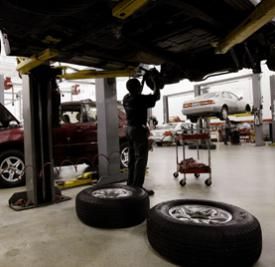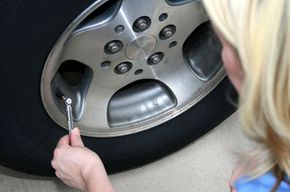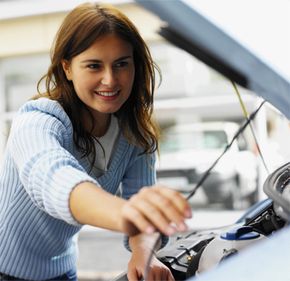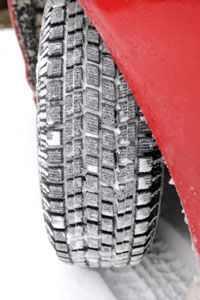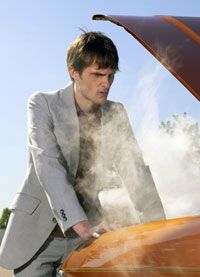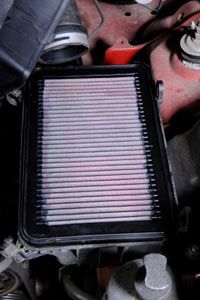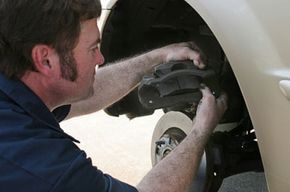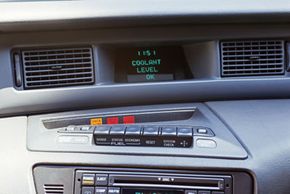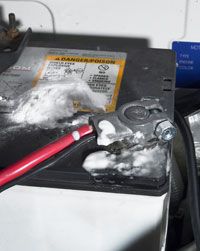Cars are designed to run hot, but there's a limit to how hot they should run. A combustion engine is most efficient at around 200 degrees Fahrenheit (93 degrees Celsius). But if an engine is allowed to get too hot, moving metal parts can actually start to melt and fuse together, causing a variety of internal problems for your engine -- and, you guessed it, a hefty repair bill.
Luckily, all modern cars have an ingenious cooling system that uses a chemical coolant, called antifreeze, and a series of pumps, hoses, thermostats and fans to keep the car at its optimal running temperature. But any problems with this system -- low coolant levels, cracked hoses, loose or broken belts, a leak in the radiator or even a loose or missing radiator cap can cause your car to overheat and break down.
The summertime is tough on cooling systems. Sitting in traffic on a hot day is one of the quickest ways to overheat your car. This is because there's no air flowing across the engine to help keep it cool. A well-tuned cooling system can take long idles in hot weather, but if you have low coolant levels or a busted fan belt, your engine temperature is going to go up -- and fast.
Check under the hood and make sure that your coolant levels are fine. The general rule is to flush your radiator and add new coolant at least every two years. Flushing the radiator is done with a special chemical that cleans debris and build-up on the inside of the radiator. For summer driving, coolant should be added as a 50/50 mixture of antifreeze and water. You can even buy premixed coolant so you don't have to bother with the measurements.
If you see a small puddle of coolant under your car when it's been parked for a while, then you have a coolant leak. Take it to the service station as soon as you can to get your system checked out.
On the next page, we'll talk about something shocking -- your car's battery.
